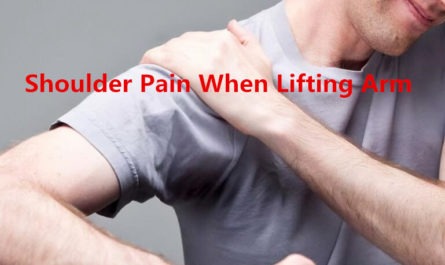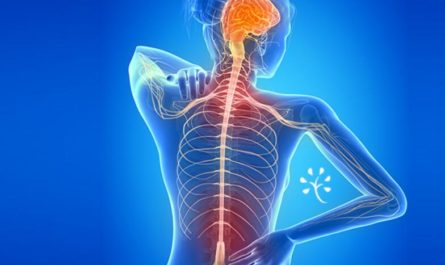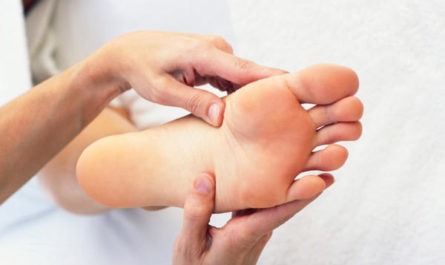Right lower quadrant pain can be a distressing symptom. This type of pain is experienced in the lower right section of the abdomen. In some cases, it can be indicative of various underlying causes. Identifying the specific cause of right lower quadrant pain is crucial for proper diagnosis and treatment. This article will explore 24 causes of right lower quadrant pain with treatment.
Anatomy of the Right Lower Quadrant
The right lower quadrant is the area of the abdomen located on the lower right side. It contains various organs and structures, including the appendix, cecum, ascending colon, right ovary and fallopian tube (in females), and parts of the small intestine. Understanding the anatomy of this area is crucial in identifying potential causes of right lower quadrant pain.
The appendix is a small, finger-shaped pouch attached to the cecum, which is the first part of the large intestine. Although its exact function is unknown, it is believed to play a role in the immune system.
The appendix can become inflamed or infected, leading to a condition called appendicitis. When the appendix becomes blocked by stool, foreign objects, or swollen lymph nodes, bacteria can multiply, causing inflammation and pain in the right lower quadrant.
The cecum, located at the beginning of the large intestine, connects the small intestine to the colon. It is responsible for absorbing fluids and salts from digested food. Any issues with the cecum, such as inflammation or obstruction, can contribute to right lower quadrant pain.
The ascending colon, which is part of the large intestine, extends from the cecum to the transverse colon. It is responsible for absorbing water and electrolytes from undigested food. If there are any abnormalities or disturbances in the ascending colon, it can cause pain in the right lower quadrant.
In females, the right ovary and fallopian tube are also located in the right lower quadrant. Conditions affecting these reproductive organs, such as ovarian cysts or torsion, can lead to right lower quadrant pain.
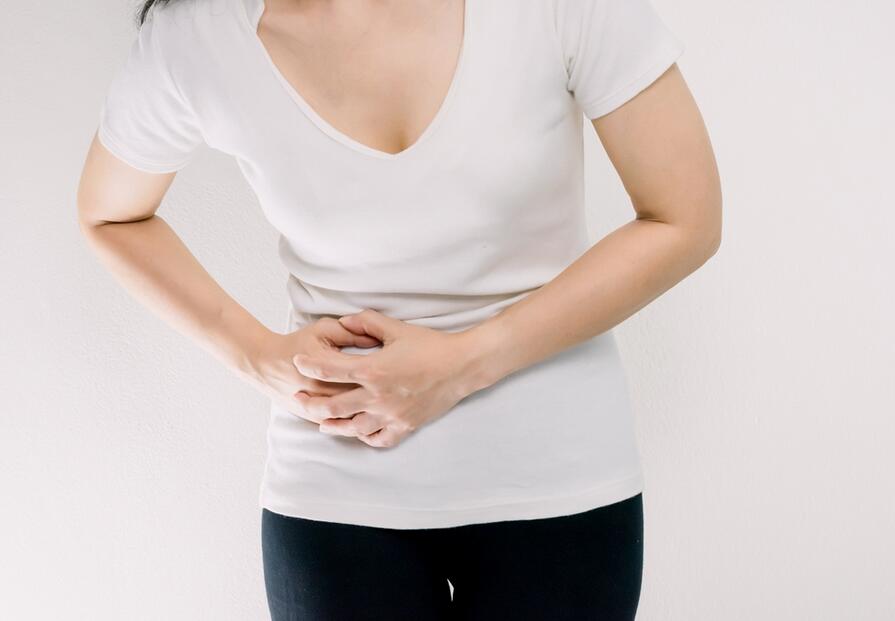
24 Causes of Right Lower Quadrant Pain
In addition to appendicitis and ovarian cysts, there are several other common causes of right lower quadrant pain. Let’s explore these causes in more detail, along with their respective treatment options.
1. Kidney Stones
Kidney stones are hard deposits that form in the kidneys and can cause pain as they pass through the urinary tract. When lodged in the right ureter, they can result in right lower quadrant pain. Other symptoms of kidney stones may include severe pain in the side and back, blood in urine, frequent urination, and nausea. The pain may radiate to the lower abdomen and groin.
Treatment for kidney stones depends on the size and location of the stone. Small stones may pass on their own with increased fluid intake and pain management. In cases where the stone is larger or causing severe symptoms, medical intervention may be necessary.
2. Gastrointestinal Issues
Various gastrointestinal conditions can lead to right lower quadrant pain. These may include irritable bowel syndrome (IBS), inflammatory bowel disease (IBD), diverticulitis, colitis, and other related conditions.
Symptoms can vary depending on the specific condition but may include abdominal pain, changes in bowel movements, bloating, and diarrhea or constipation.
Treatment options for gastrointestinal issues depend on the specific condition and severity of symptoms. Management may involve dietary modifications, stress reduction techniques, and medication to control symptoms. In some cases, surgery to remove affected areas or repair complications.
3. Hernias
Hernias occur when an organ or tissue pushes through a weak spot in the surrounding muscle or connective tissue. In the right lower quadrant, hernias may develop in the groin area (inguinal hernia) or through the abdominal wall (ventral hernia). Symptoms can include a visible bulge or swelling, pain or discomfort, and a dragging sensation in the affected area.
Treatment for hernias typically involves surgical repair to strengthen the weakened area and prevent further protrusion. The specific surgical approach may depend on the type and size of the hernia.
4. Pelvic Inflammatory Disease (PID)
Pelvic inflammatory disease (PID) is an infection of the female reproductive organs, including the uterus, fallopian tubes, and ovaries. It is usually caused by sexually transmitted infections, such as chlamydia or gonorrhea.
Common symptoms include lower abdominal pain, particularly in the right lower quadrant. It may also along with abnormal vaginal discharge, painful urination, and irregular menstrual bleeding.
Prompt treatment with antibiotics is necessary to prevent complications and further spread of the infection. In some cases, hospitalization may be required for intravenous antibiotics and close monitoring.
5. Ectopic Pregnancy
An ectopic pregnancy occurs when a fertilized egg implants outside the uterus, usually in the fallopian tube. This can cause right lower quadrant pain, along with vaginal bleeding, dizziness, and shoulder pain. Ectopic pregnancies are considered medical emergencies and require immediate medical attention.
The treatment for an ectopic pregnancy depends on the size and location of the pregnancy, as well as the presence of complications. Treatment options may include medication to dissolve the pregnancy, and laparoscopic surgery to remove the ectopic pregnancy. In severe cases, emergency surgery to stop internal bleeding.
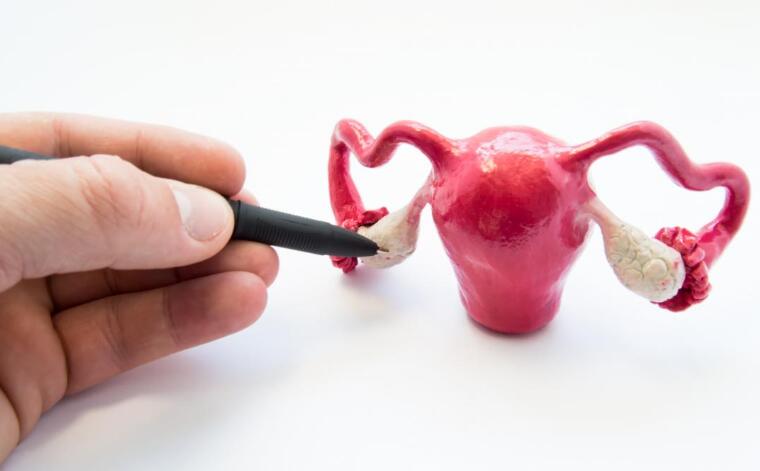
6. Ovarian Torsion
Ovarian torsion is a condition in which the ovary twists on its supporting ligaments, cutting off its blood supply. This can result in severe right lower quadrant pain, along with nausea, vomiting, and fever. Ovarian torsion is a medical emergency that requires immediate intervention to prevent damage to the ovary.
Treatment for ovarian torsion usually involves surgery to untwist the ovary and restore blood flow. In some cases, the affected ovary may need to be removed.
7. Endometriosis
Endometriosis is a condition in which the tissue that normally lines the uterus (endometrium) grows outside the uterus. It often affects the ovaries, fallopian tubes, and pelvic lining. Right lower quadrant pain may be experienced during menstruation or throughout the menstrual cycle. It may be along with heavy or irregular periods, pain during intercourse, and infertility.
Treatment for endometriosis aims to manage symptoms and may involve pain medication, and hormone therapy. In more severe cases, surgery to remove endometrial implants or scar tissue.
8. Urinary Tract Infections (UTIs)
Urinary tract infections (UTIs) can cause pain in the lower abdomen, including the right lower quadrant. The pain is may along with other symptoms such as a frequent urge to urinate, a burning sensation during urination, and cloudy or strong-smelling urine. UTIs occur when bacteria enter the urethra and travel up into the bladder or kidneys.
Treatment for UTIs typically involves a course of antibiotics to eliminate the infection. Drinking plenty of fluids and urinating frequently can help flush out bacteria and prevent future infections.
9. Gynecological Conditions
Various gynecological conditions, such as ovarian cysts, fibroids, or adenomyosis, can cause right lower quadrant pain. These conditions may require specific treatment approaches. This treatment may include medication, hormonal therapy, or surgical intervention, depending on the severity and impact on daily life.
10. Intestinal Obstruction
Intestinal obstruction occurs when there is a blockage in the intestines, preventing the passage of food, fluids, and gas. This can lead to right lower quadrant pain. The pain may be along with symptoms such as abdominal bloating, constipation, vomiting, and inability to pass gas. Intestinal obstruction can be caused by various factors, including adhesions, hernias, tumors, or twisting of the intestines.
Treatment for intestinal obstruction may involve a combination of approaches, including bowel rest, intravenous fluids, and surgical intervention to remove the obstruction or repair the affected area.
11. Musculoskeletal Issues
Musculoskeletal issues, such as muscle strains, ligament sprains, or inflammation of the surrounding tissues, can also cause right lower quadrant pain. These conditions may be managed with rest, physical therapy, pain medication, and other conservative measures.

12. Psychological Factors
It is important to note that psychological factors, such as stress, anxiety, or somatization disorders, can contribute to the perception of right lower quadrant pain. In such cases, addressing the underlying psychological factors through therapy or stress management techniques may be beneficial in alleviating the pain.
13. Urinary Tract Stones
Urinary tract stones, also known as urolithiasis, can develop in the kidneys, ureters, bladder, or urethra. When stones form in the right urinary tract, they can cause right lower quadrant pain. The pain may be accompanied by other symptoms such as frequent urination, blood in the urine, and a persistent urge to urinate.
Treatment for urinary tract stones depends on their size and location. Small stones may be able to pass naturally with increased fluid intake and pain management. However, larger stones or those causing severe symptoms may require intervention, such as extracorporeal shock wave lithotripsy (ESWL), ureteroscopy, or percutaneous nephrolithotomy.
14. Right-sided Colonic Diverticulitis
Diverticulitis occurs when small pouches, called diverticula, in the colon, become inflamed or infected. While diverticulitis typically affects the left side of the colon, it can occasionally occur on the right side, leading to right lower quadrant pain. Other symptoms may include fever, changes in bowel habits, and tenderness in the affected area.
Treatment for right-sided colonic diverticulitis may involve a combination of antibiotic therapy, pain management, dietary modifications, and rest. In severe cases or if complications arise, hospitalization and surgical intervention may be necessary.
15. Right Ovarian or Fallopian Tube Infections
Infections of the right ovary or fallopian tube, such as salpingitis or oophoritis, can cause right lower quadrant pain in females. These infections are often associated with sexually transmitted infections, such as chlamydia or gonorrhea. Symptoms may include lower abdominal pain, fever, abnormal vaginal discharge, and pain during sexual intercourse.
Treatment for right ovarian or fallopian tube infections typically involves a course of antibiotics to clear the infection. It is important to treat both partners if the infection is sexually transmitted to prevent reinfection.
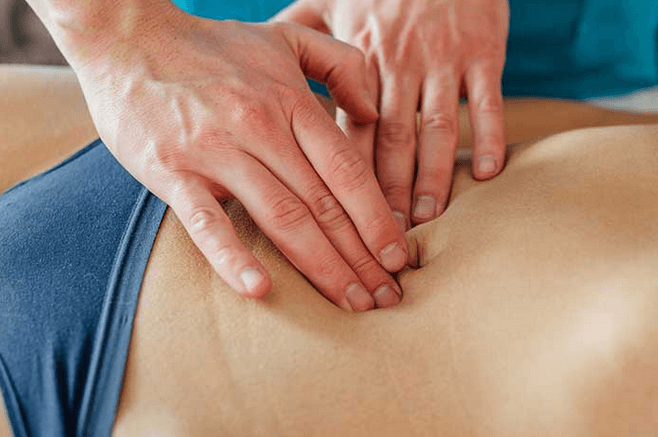
16. Right-sided Inguinal Hernia
While hernias were previously mentioned, it is worth noting that an inguinal hernia specifically on the right side can cause right lower quadrant pain. An inguinal hernia occurs when a portion of the intestine protrudes through a weak spot in the lower abdominal wall. Symptoms may include a visible bulge in the groin area, pain or discomfort, and a dragging sensation.
Treatment for a right-sided inguinal hernia usually involves surgical repair to reinforce the weakened area and prevent further protrusion. The specific surgical approach may depend on the size and severity of the hernia.
17. Right-sided Kidney Infection (Pyelonephritis)
Pyelonephritis is a bacterial infection that affects the kidneys. When the infection occurs on the right side, it can cause right lower quadrant pain. Other symptoms may include fever, chills, frequent urination, and a strong urge to urinate.
Treatment for right-sided pyelonephritis typically involves a course of antibiotics to clear the infection. In severe cases or if complications arise, hospitalization and intravenous antibiotics may be necessary.
18. Right Ovarian Tumor or Cyst
In addition to functional ovarian cysts, there can be non-functional ovarian tumors or cysts that develop on the right ovary. These growths can cause right lower quadrant pain, along with other symptoms such as bloating, changes in menstrual cycles, and pelvic discomfort.
Treatment for right ovarian tumors or cysts depends on their size, characteristics, and potential for malignancy. Options may include monitoring the growth, medication to manage symptoms or surgical removal.
19. Right-sided Colonic Obstruction
Colonic obstruction refers to a blockage in the colon that prevents the passage of stool. When the obstruction occurs on the right side, it can lead to right lower quadrant pain. Symptoms may also include abdominal distension, constipation, and inability to pass gas.
Treatment for right-sided colonic obstruction may involve a combination of approaches, including bowel rest, intravenous fluids, and in some cases, surgical intervention to remove the obstruction or repair the affected area.
20. Right-sided Ectopic Kidney
An ectopic kidney is a rare condition in which one or both kidneys are located in an abnormal position. If the right kidney is ectopic, it can cause right lower quadrant pain. Sometimes it may be along with urinary symptoms such as recurrent infections or urinary retention.
Treatment for a right-sided ectopic kidney depends on the specific circumstances and associated complications. In some cases, no treatment may be necessary if the kidney is functioning adequately. However, surgical intervention may be required if there are complications.
21. Right Iliac Fossa Muscle Strain
Muscle strain in the right iliac fossa region, which is located in the right lower quadrant, can lead to localized pain. This type of strain may occur due to repetitive movements, overuse, or sudden trauma to the area.
Treatment for a right iliac fossa muscle strain typically involves rest, ice or heat therapy, pain medication, and physical therapy to promote healing and strengthen the muscles.
22. Right-sided Adhesions
Abdominal adhesions are bands of scar tissue that can form between abdominal tissues or organs. If adhesions develop on the right side, they can cause right lower quadrant pain, along with symptoms such as bloating, constipation, and digestive issues.
Treatment for right-sided adhesions may involve conservative management, including pain management and dietary modifications. In some cases, surgical intervention may be necessary to remove or release the adhesions.
23. Right-sided Gynecological Conditions
Various gynecological conditions, such as endometriosis or pelvic congestion syndrome, can cause right lower quadrant pain in females. These conditions involve abnormal growth or congestion of tissues in the pelvic region, leading to discomfort and pain.
Treatment for right-sided gynecological conditions depends on the specific condition and severity of symptoms. Options may include pain medication, hormone therapy, minimally invasive procedures, or surgery to alleviate symptoms and improve quality of life.
24. Right-sided Musculoskeletal Issues
Musculoskeletal issues, such as costochondritis (inflammation of the cartilage connecting the ribs to the breastbone) or muscle spasms, can cause right lower quadrant pain. These conditions may be triggered by physical strain, injury, or inflammation in the muscles or surrounding tissues.
Treatment for right-sided musculoskeletal issues may involve pain management, application of heat or cold packs, physical therapy, and exercises to stretch and strengthen the affected muscles.
When to see a doctor?
Knowing when to seek medical attention for right lower quadrant pain is essential for timely diagnosis and appropriate treatment. Here are some guidelines for when to see a doctor:
- Sudden, severe abdominal pain that quickly gets worse
- Pain that does not improve with passing stool, gas, or urinating
- Vomiting or inability to have a bowel movement or pass gas
- Signs of shock like dizziness, fainting, rapid heart rate
- Fever over 100.4°F (38°C)
- Abdominal swelling or tenderness
- Blood in vomit, urine, or stool
These signs could indicate a medical emergency like appendicitis, kidney stones, intestinal obstruction, or an abdominal aortic aneurysm that requires urgent evaluation and treatment.

